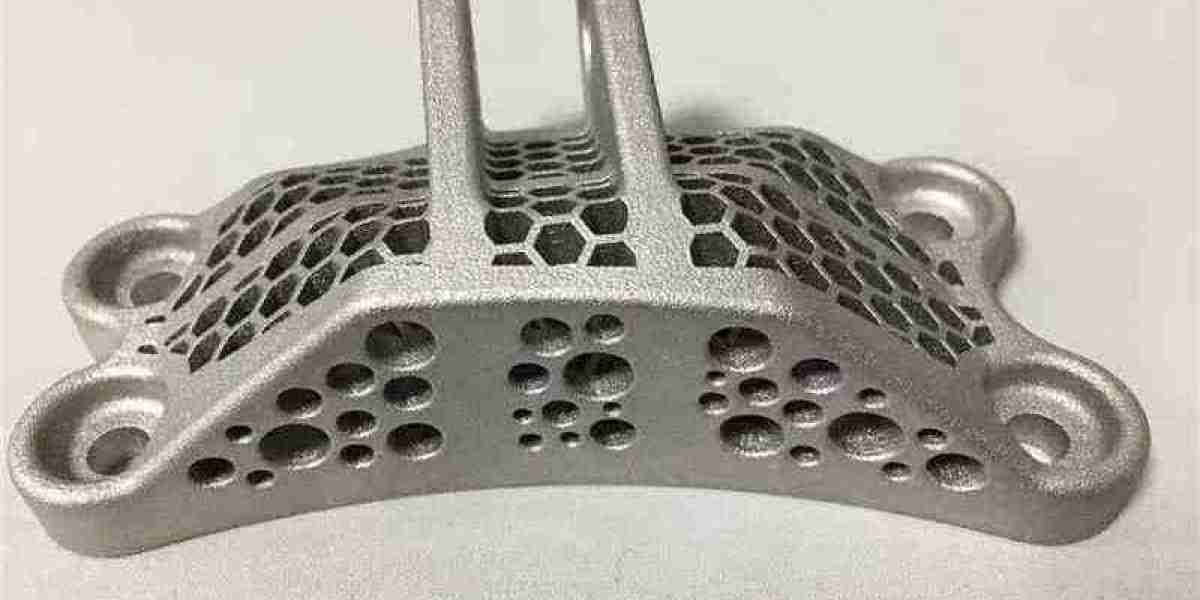Introduction to NFC Technology
Near Field Communication (NFC) is a wireless technology that allows devices to communicate with each other over short distances, typically within a range of 4 centimeters. NFC has gained significant popularity due to its versatility and ease of use in various applications, including contactless payments, access control, and information sharing. One innovative use of NFC technology is in business cards, where NFC chips allow users to share information digitally with a simple tap of a smartphone.
Why Use NFC in Business Cards?
Traditional business cards serve as a quick and efficient way to share contact details. However, they are limited in the amount of information they can hold and often get misplaced. NFC-enabled business cards, on the other hand, can store a vast array of data, such as:
- Contact details
- Website links
- Social media profiles
- Portfolio or product information
These cards not only enhance the user experience but also demonstrate a forward-thinking approach, making them ideal for tech-savvy professionals.
Types of NFC Chips
There are several types of NFC chips available on the market, each designed for specific use cases. Below are the primary types commonly used in NFC-enabled business cards:
NTAG Series
The NTAG series, developed by NXP Semiconductors, is one of the most popular NFC chip families for business cards. Known for their reliability and compatibility with most NFC-enabled devices, NTAG chips include models such as NTAG213, NTAG215, and NTAG216.
- NTAG213: Offers 144 bytes of user memory and is suitable for basic applications like storing contact details.
- NTAG215: Provides 504 bytes of memory, making it ideal for storing additional data like URLs or multimedia links.
- NTAG216: Features 888 bytes of memory, allowing for extensive data storage.
MIFARE Series
The MIFARE series is another product line from NXP, widely used in access control and transportation systems. While less common in business cards, MIFARE chips like MIFARE Classic and MIFARE Ultralight can also be adapted for this purpose. These chips offer greater security features but may require specific reader devices.
DESFire Series
Designed for advanced security and versatility, the DESFire series is often used in applications requiring encryption, such as secure payments and authentication. While not typically used in standard business cards due to their cost and complexity, DESFire chips can be an option for specialized use cases.
Key Features to Consider for NFC Chips in Business Cards
When selecting an NFC business cards, consider the following features:
- Memory Capacity: Determines how much data the chip can store.
- Compatibility: Ensures the chip works seamlessly with various NFC-enabled devices.
- Security: Some applications may require encryption to protect sensitive information.
- Read/Write Durability: Indicates the number of times data can be written to or read from the chip.
- Cost: Balancing functionality and affordability is crucial for large-scale production.
Popular NFC Chips for Business Cards
Based on the criteria above, the most popular NFC chips for business cards include:
Chip Model | Memory Capacity | Key Features | Common Use Case |
NTAG213 | 144 bytes | Affordable, widely compatible | Basic contact sharing |
NTAG215 | 504 bytes | Larger memory, versatile | URLs, portfolios |
NTAG216 | 888 bytes | High capacity, detailed data | Multimedia links |
Comparison of NFC Chips for Business Cards
The table below highlights a comparative overview of NFC chips for business cards:
Feature | NTAG213 | NTAG215 | NTAG216 |
Memory Capacity | 144 bytes | 504 bytes | 888 bytes |
Price | Low | Moderate | High |
Best Use Case | Basic info | Detailed info | Multimedia |
Durability | High | High | High |
Conclusion
NFC-enabled business cards offer a modern and efficient way to share information. The choice of NFC chip depends on the specific requirements of the user, such as memory capacity and compatibility. For most users, the NTAG series provides a reliable and cost-effective solution. By understanding the different types of NFC chips and their features, businesses can create innovative and practical tools to enhance networking and engagement.
FAQ
1. What is an NFC chip?
An NFC chip is a small electronic component that allows data to be transmitted wirelessly over short distances using Near Field Communication technology. It is widely used in contactless payments, access control, and information sharing.
2. Can all smartphones read NFC business cards?
Most modern smartphones come equipped with NFC readers and can interact with NFC business cards. However, some older models may lack NFC functionality.
3. How much data can an NFC chip store?
The storage capacity depends on the chip model. For example, NTAG213 can store 144 bytes, NTAG215 can store 504 bytes, and NTAG216 can store 888 bytes.
4. Are NFC business cards secure?
While NFC chips generally lack advanced security features, they can include encryption or password protection if needed. For basic contact sharing, security concerns are minimal.
5. How long do NFC chips last?
NFC chips are designed for durability and can typically endure thousands of read/write cycles, making them suitable for long-term use.




